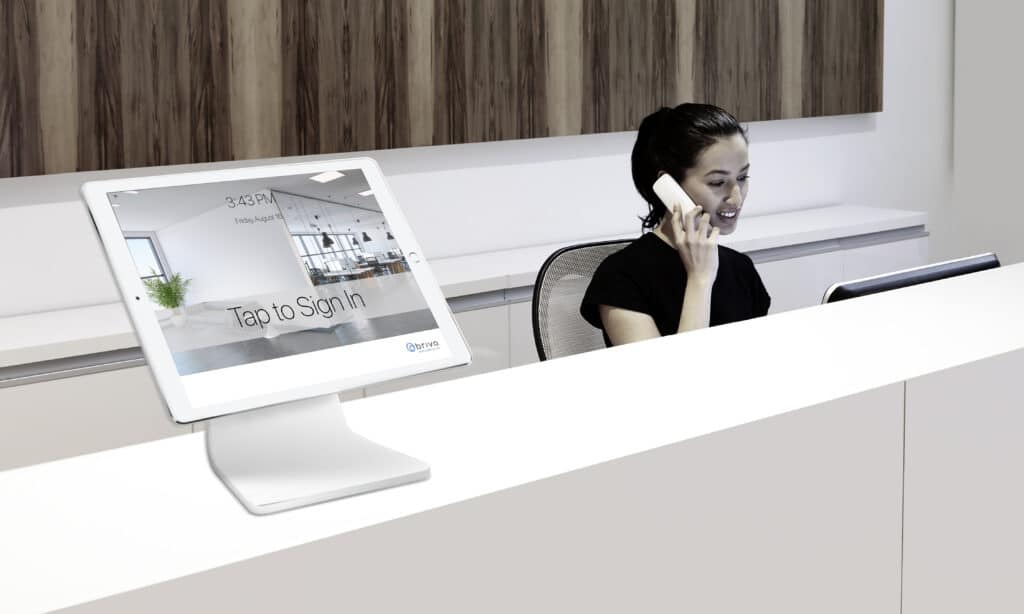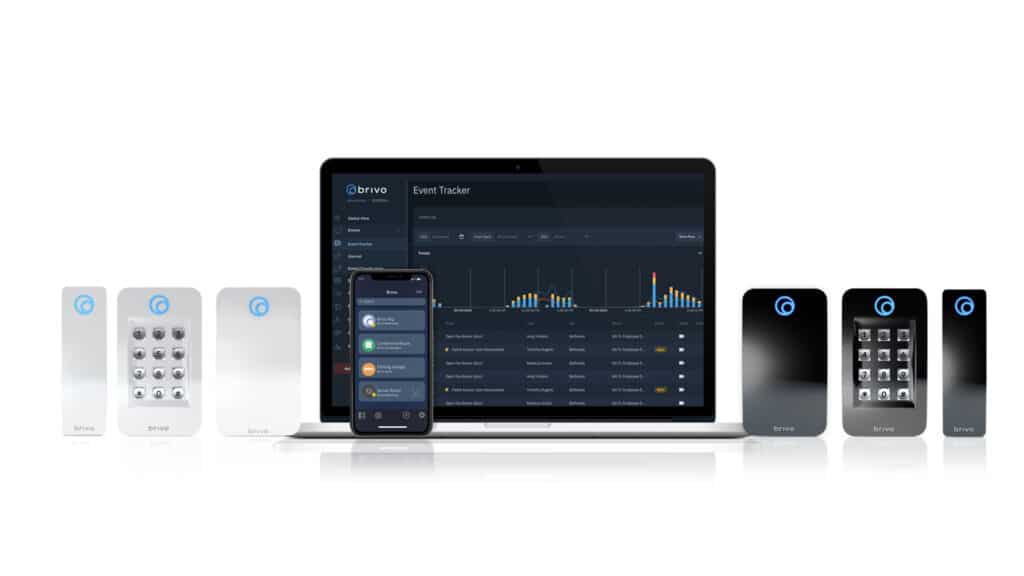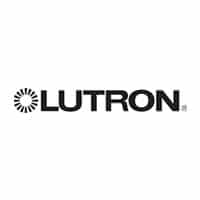Facility management has long been an integral part of running any organization or business. However, as buildings and infrastructures become more complex, the challenges associated with managing these facilities have also increased. In recent years, building automation systems (BAS) have emerged as a transformative solution to streamline facility management processes. This blog post explores the significance of building automation systems, their benefits, and their potential to revolutionize the way we oversee and maintain modern structures.
Understanding Building Automation Systems
Building Automation Systems, commonly known as BAS or Building Management Systems (BMS), are sophisticated networks of interconnected devices, sensors, and software that monitor and control a building’s various systems and equipment. These systems encompass a wide range of functionalities, including HVAC (heating, ventilation, and air conditioning), lighting, security, fire safety, energy management, access control, and more.
The core objective of a BAS is to optimize building performance and operational efficiency while minimizing energy consumption and maintenance costs. BAS utilizes real-time data and advanced algorithms to make informed decisions, enabling facility managers to proactively address issues and enhance occupant comfort and safety.

Components of Building Automation Systems
- Sensors: Sensors are the eyes and ears of a BAS. They collect data from various building systems and spaces, such as temperature, humidity, occupancy, light levels, and air quality. This data is then sent to the central control unit for analysis and action.
- Controllers: The controllers are the brains of the system. They process the data received from sensors and issue commands to the actuators for adjusting the building’s systems, such as adjusting HVAC settings or turning on/off lights.
- Actuators: Actuators are responsible for physically implementing the commands from the controllers. For instance, they may adjust the temperature, open or close dampers, or control water flow in heating and cooling systems.
- User Interface: The user interface is the means through which facility managers interact with the BAS. It provides a graphical representation of the building’s status, allowing easy monitoring, configuring settings, and generating reports.
Benefits of Building Automation Systems
- Energy Efficiency: One of the most significant advantages of BAS is its potential to reduce energy consumption. By continuously monitoring and optimizing HVAC, lighting, and other systems, the BAS can ensure they operate at their peak efficiency, reducing wastage and lowering utility bills.
- Cost Savings: With energy efficiency comes cost savings. By using resources more efficiently and detecting faults or issues early on, facility managers can save on operational and maintenance costs over the long term.
- Enhanced Comfort and Productivity: A well-maintained BAS can ensure a comfortable environment for building occupants by adjusting temperature, lighting, and ventilation according to their needs. Improved comfort levels can boost productivity and employee satisfaction.
- Remote Monitoring and Control: Modern BAS platforms often offer remote access, allowing facility managers to monitor and manage the building’s systems from anywhere using smartphones or computers. This flexibility streamlines maintenance and facilitates quick responses to emergencies.
- Predictive Maintenance: Building automation systems can analyze data trends and predict potential equipment failures or maintenance needs. This predictive maintenance approach reduces downtime, enhances equipment longevity, and prevents costly repairs.
- Sustainability and Green Building Certification: Employing a BAS contributes to achieving sustainability goals and may qualify a building for green building certifications like LEED (Leadership in Energy and Environmental Design) or BREEAM (Building Research Establishment Environmental Assessment Method).
- Improved Safety and Security: BAS integrates various security systems, such as access control and surveillance cameras, to enhance the safety and security of occupants and assets within the building.



Challenges and Considerations
While building automation systems offer numerous benefits, implementing and managing them come with certain challenges and considerations:
- Initial Investment: The upfront cost of installing a BAS can be substantial, especially for older buildings that require extensive retrofitting.
- Integration Complexity: Integrating diverse building systems and technologies into a cohesive BAS can be complex and time-consuming.
- Cybersecurity: As building systems become more connected, cybersecurity becomes a crucial consideration to protect against potential cyber threats.
- Skill Requirements: Facility managers and personnel may need additional training to effectively operate and maintain a BAS.
- Scalability: Ensuring that the BAS can scale and adapt to the changing needs of the building and its occupants is essential.
Building Automation Systems have revolutionized facility management, providing a comprehensive and efficient solution for overseeing complex infrastructures. Through their ability to optimize energy consumption, reduce costs, and enhance occupant comfort and safety, BAS has become a cornerstone of modern building management practices. As technology advances, we can expect BAS to become even more sophisticated, further simplifying facility management and contributing to a sustainable and smart future for our built environment. Embracing this technology is not only a sound financial investment but also a commitment to creating more comfortable, eco-friendly, and secure spaces for everyone.
Contact us today to learn more about designing and installing a BAS for your next commercial project!























